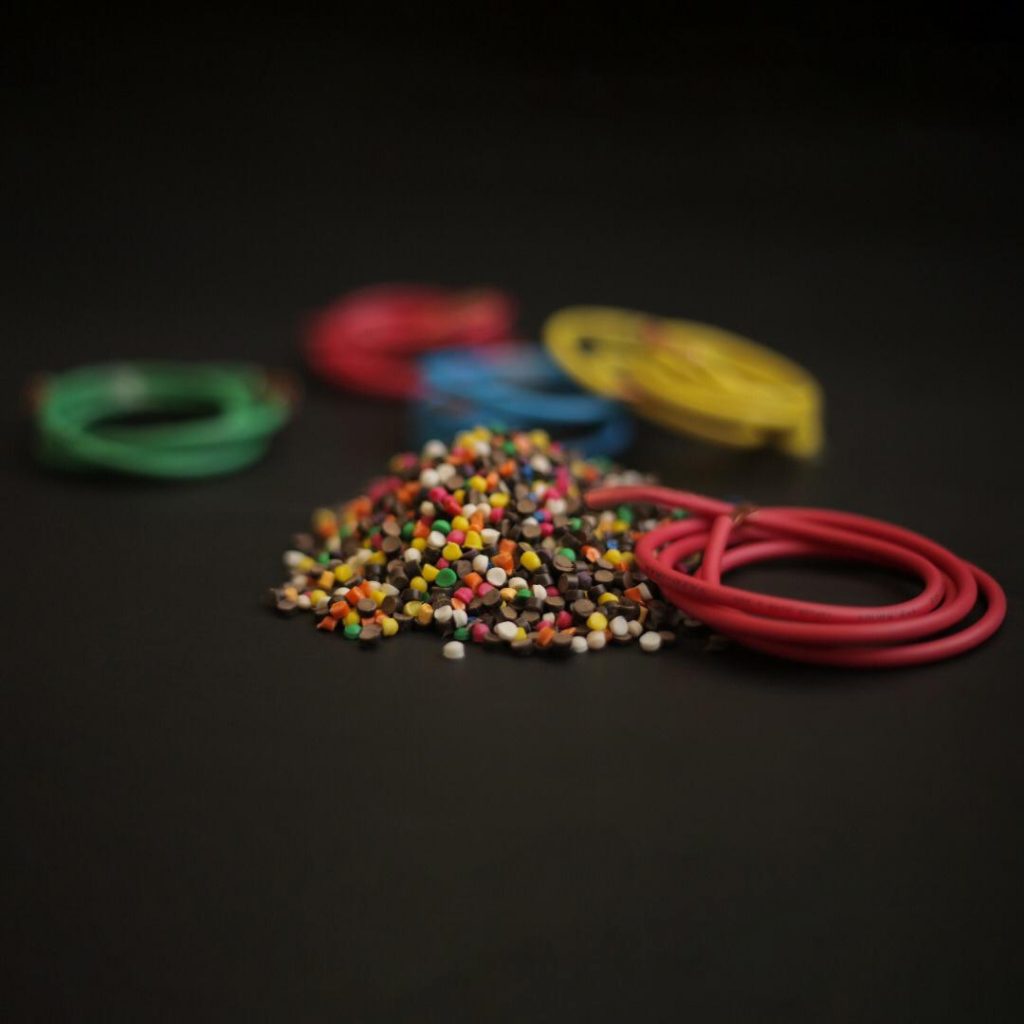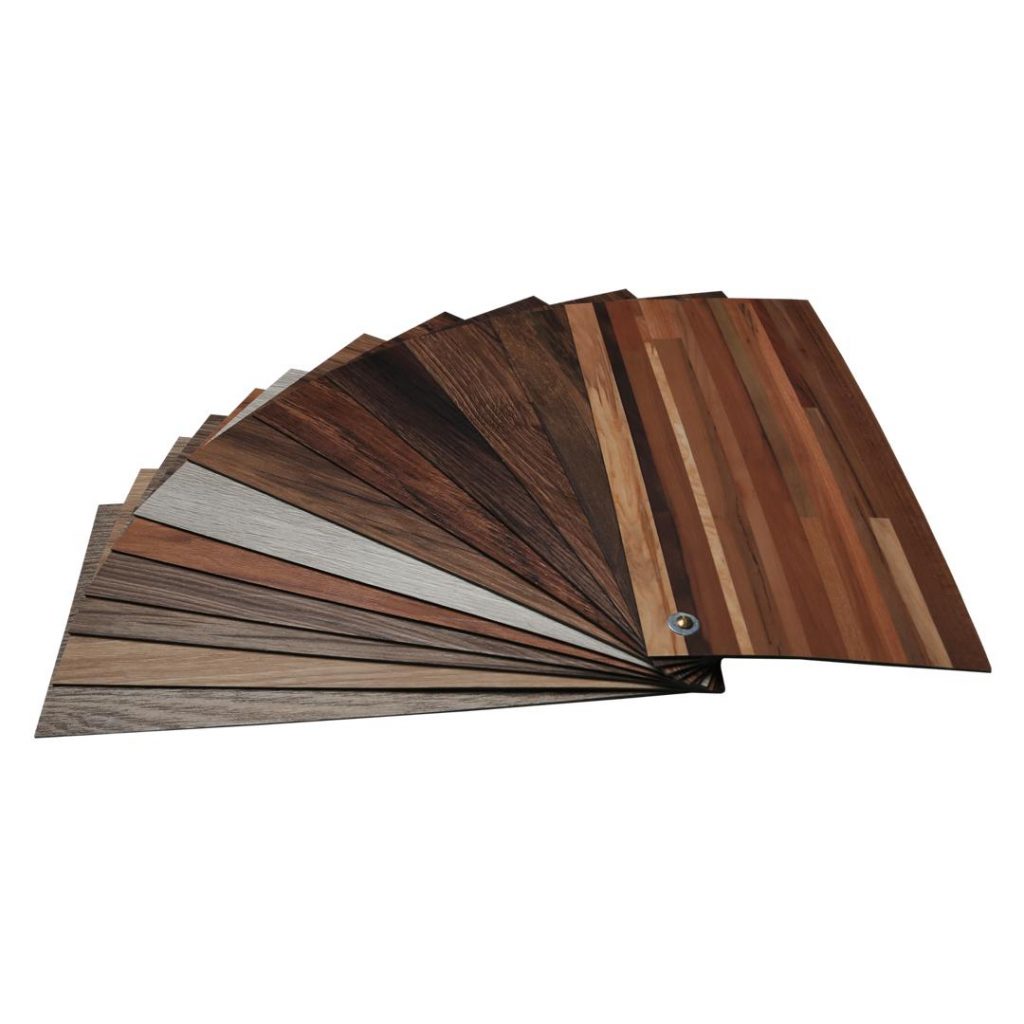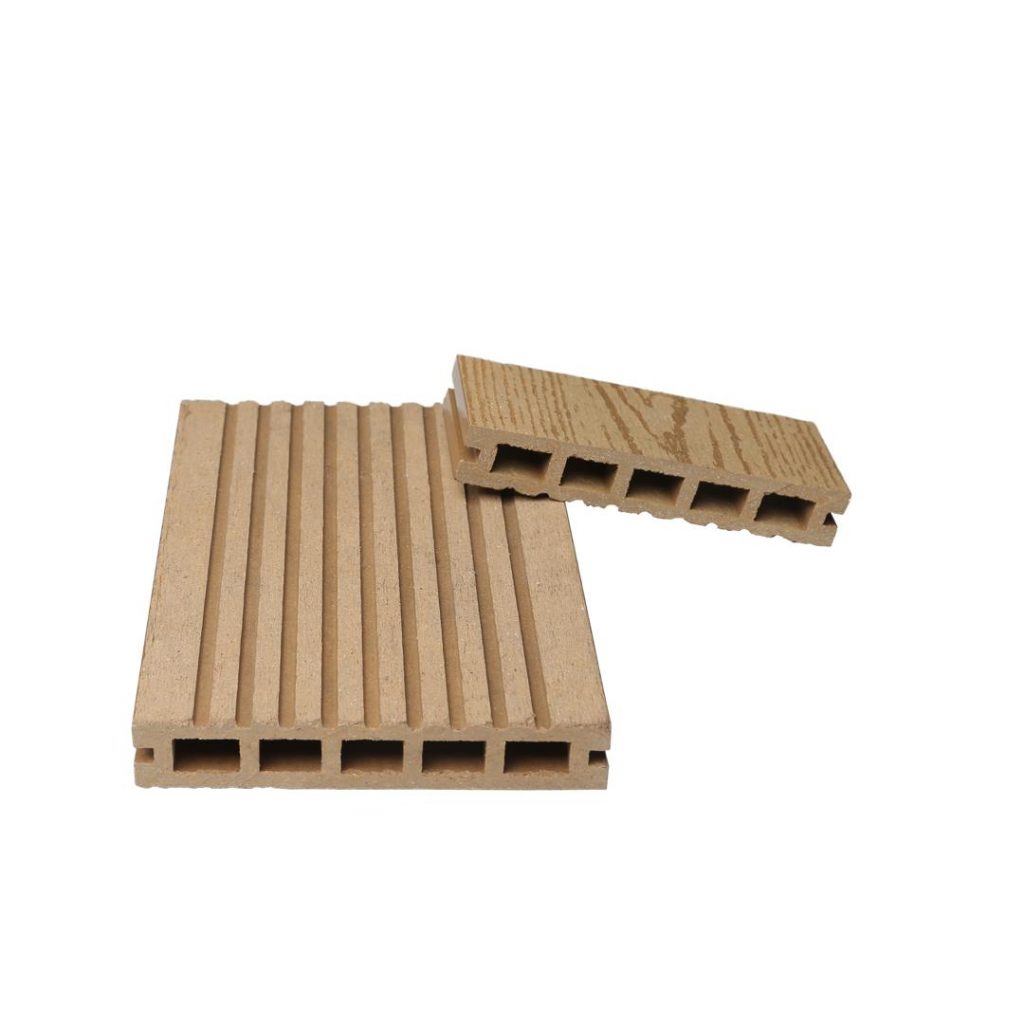Polyvinyl Chloride (PVC), a versatile and widely used plastic, is renowned for its numerous applications across various industries, including construction, automotive, and electronics, among others. However, inherent challenges with PVC, such as its poor heat stability and degradation propensity under processing conditions, have necessitated the use of additives to improve its performance. A key class of these additives is PVC stabilizers, which primarily come in liquid and powder form. This article delves into Powder PVC Stabilizers, elucidating their types, functions, advantages, and application areas.
PVC stabilizers are essential additives used in PVC processing to prevent or slow down the degradation process due to heat, light, or even microbial activities. These stabilizers enhance the material’s performance, making it durable, resistant to weathering, and chemically stable. Among the many forms of PVC stabilizers, the powdered form stands out due to its unique features and advantages.

Types of Powder PVC Stabilizers
Powder PVC stabilizers are mainly classified into three categories: lead stabilizers, organotin stabilizers, and calcium/zinc stabilizers.
- Lead Stabilizers: These are traditional, cost-effective PVC stabilizers that have been used for a long time. However, due to environmental concerns and the potential health risks associated with lead, their use has been declining.
- Organotin Stabilizers: They offer high thermal stability and excellent transparency, making them ideal for certain PVC applications such as clear PVC products. But their use is limited due to their high cost.
- Calcium/Zinc Stabilizers: These are currently the most preferred due to their eco-friendly nature. They offer good heat stability, excellent early color hold, and superior dynamic performance.

Functions of Powder PVC Stabilizers
- Thermal Stability: Play a crucial role in providing thermal stability during PVC processing. They prevent PVC degradation by absorbing or neutralizing the released hydrochloric acid (HCl) during the heating process.
- Enhance Durability: Improve PVC’s durability, making it resistant to weathering, light, and microbial degradation. This extension of PVC’s lifespan makes it a cost-effective choice for various applications.
- Improve Processing Characteristics: Stabilizers enhance PVC’s processing characteristics, allowing for efficient production without material degradation.
Advantages of Powder PVC Stabilizers
Have numerous benefits over their counterparts.
- Easy to Handle: The powdered form is easy to handle and mix with PVC resin during the blending process, ensuring uniform distribution.
- Versatile Application: Are suitable for various PVC applications, from rigid to flexible, offering an effective solution for diverse industry needs.
- Lower Environmental Impact: The shift towards calcium/zinc stabilizer due to their lower environmental impact makes powder PVC stabilizer a sustainable choice.
Application Areas of Powder PVC Stabilizer
The extensive application areas of powder PVC stabilizer include building and construction for products such as PVC pipes, window profiles, and siding. Other areas of application encompass automotive parts, wire and cable insulation, medical devices, and various consumer goods. The diversity in application illustrates the importance and versatility of these additives.
Powder PVC stabilizers are a cornerstone in the world of PVC applications. Their role in enhancing the performance, durability, and processability of PVC is invaluable. As the push for sustainability in materials intensifies, the emergence of eco-friendly powder PVC stabilizers, like calcium/zinc-based stabilizers, signifies a shift towards a more sustainable future for PVC processing. The choice of stabilizer will ultimately depend on the specific requirements of the application, cost considerations, and the environmental impact. However, the role of powder PVC stabilizers as critical additives for PVC cannot be overstated.

